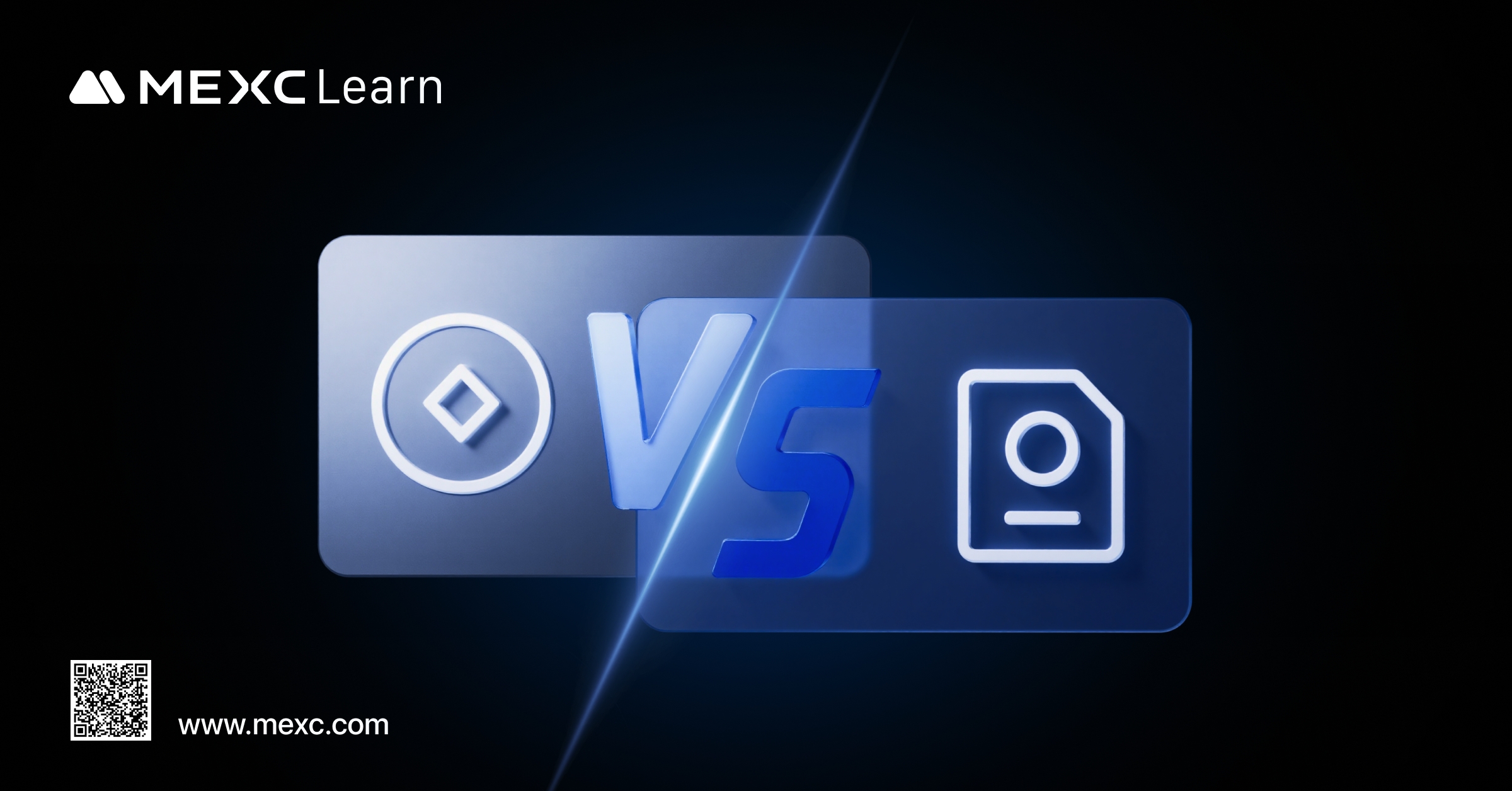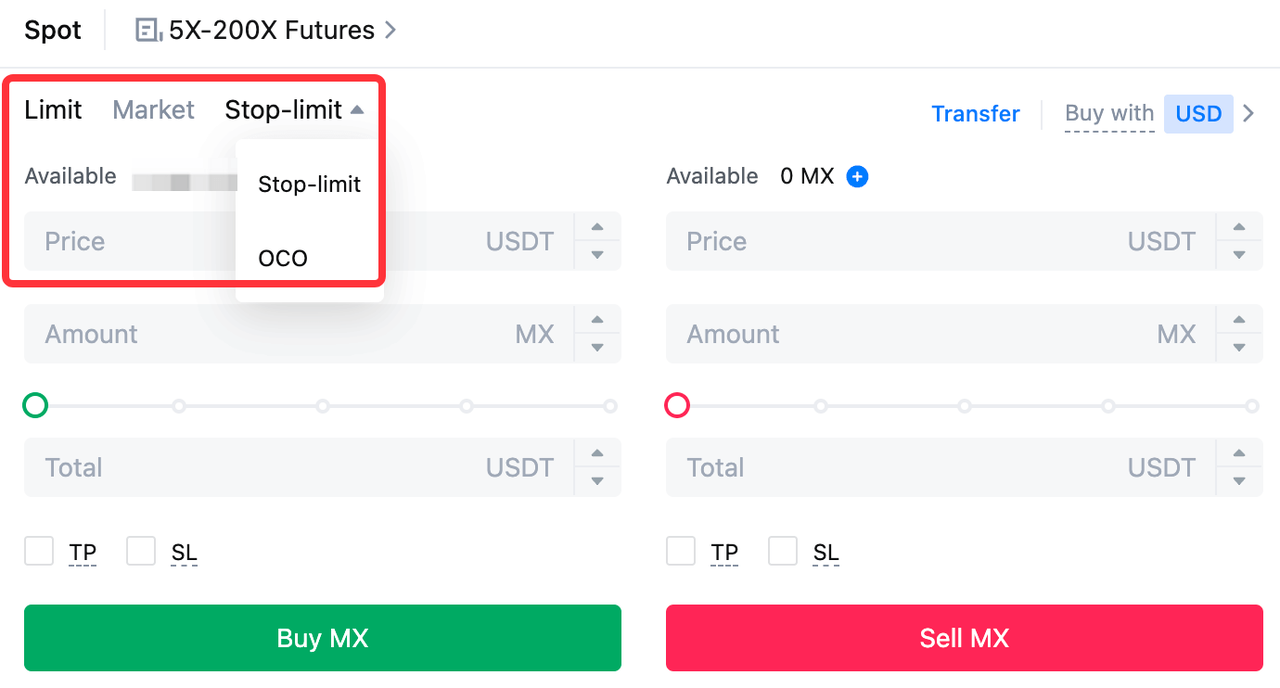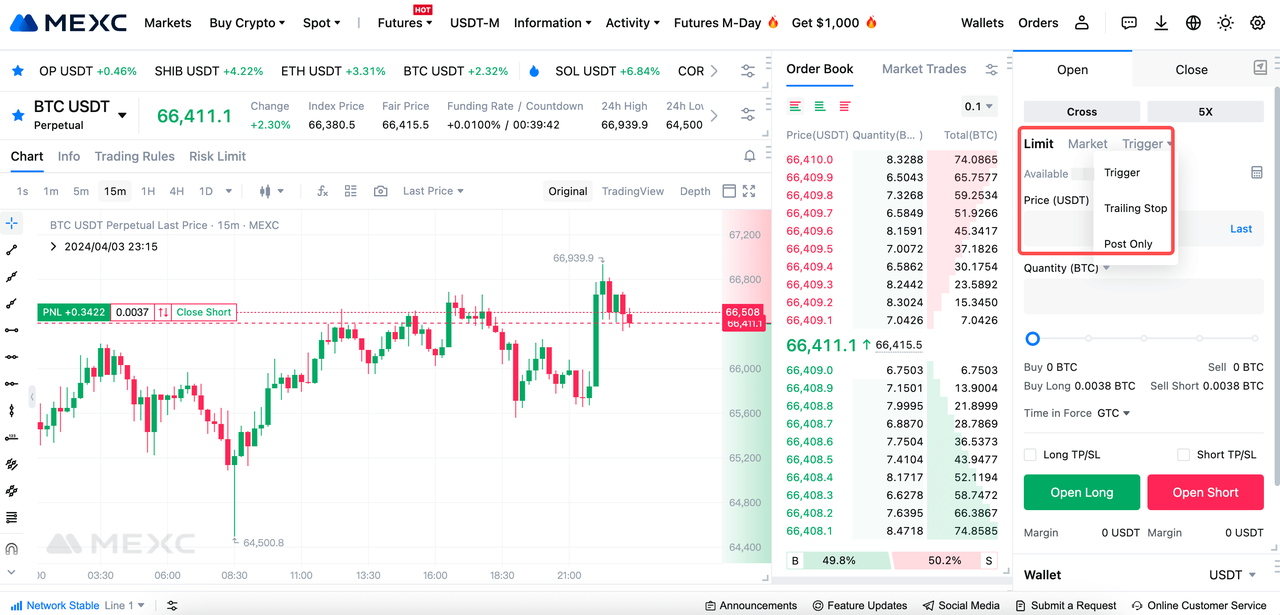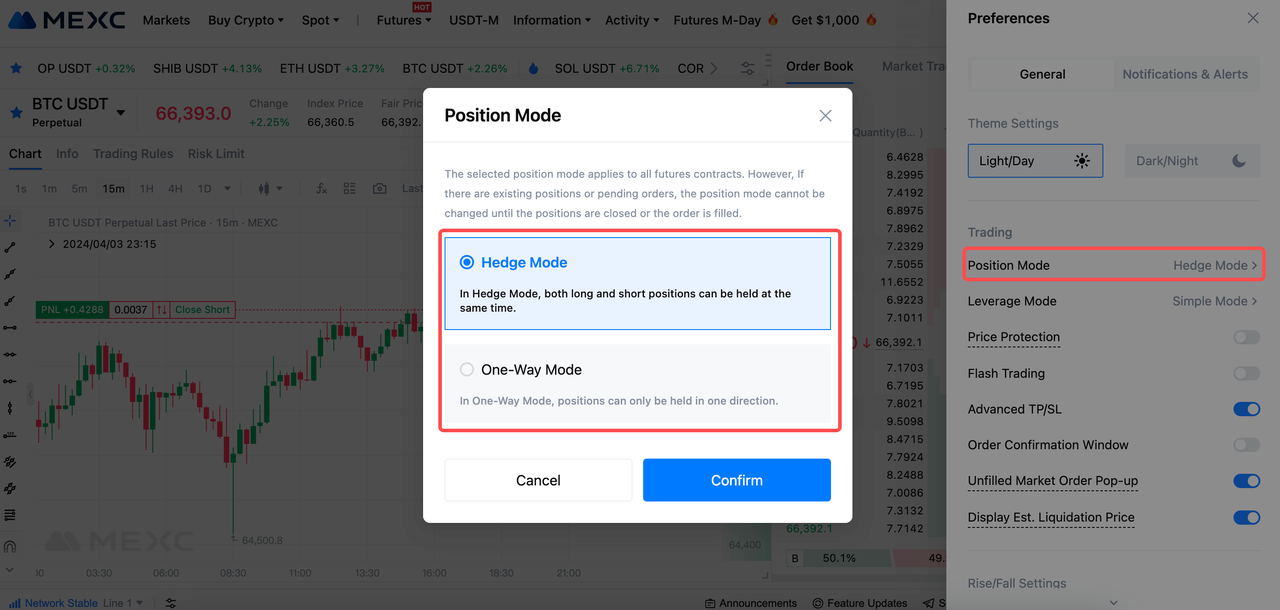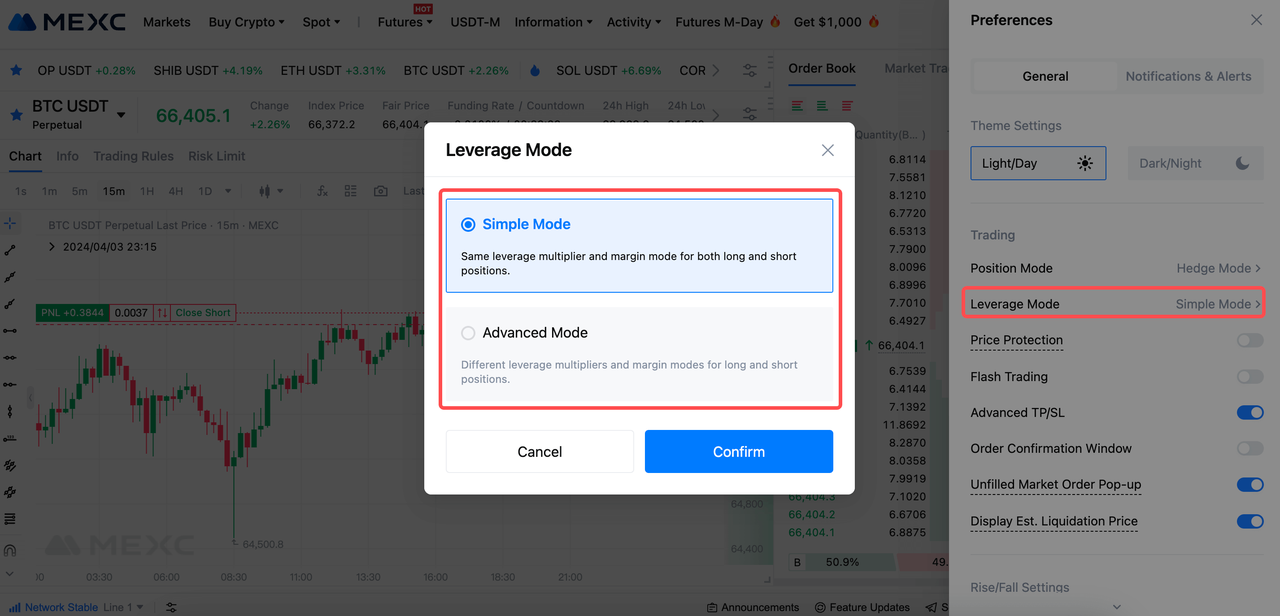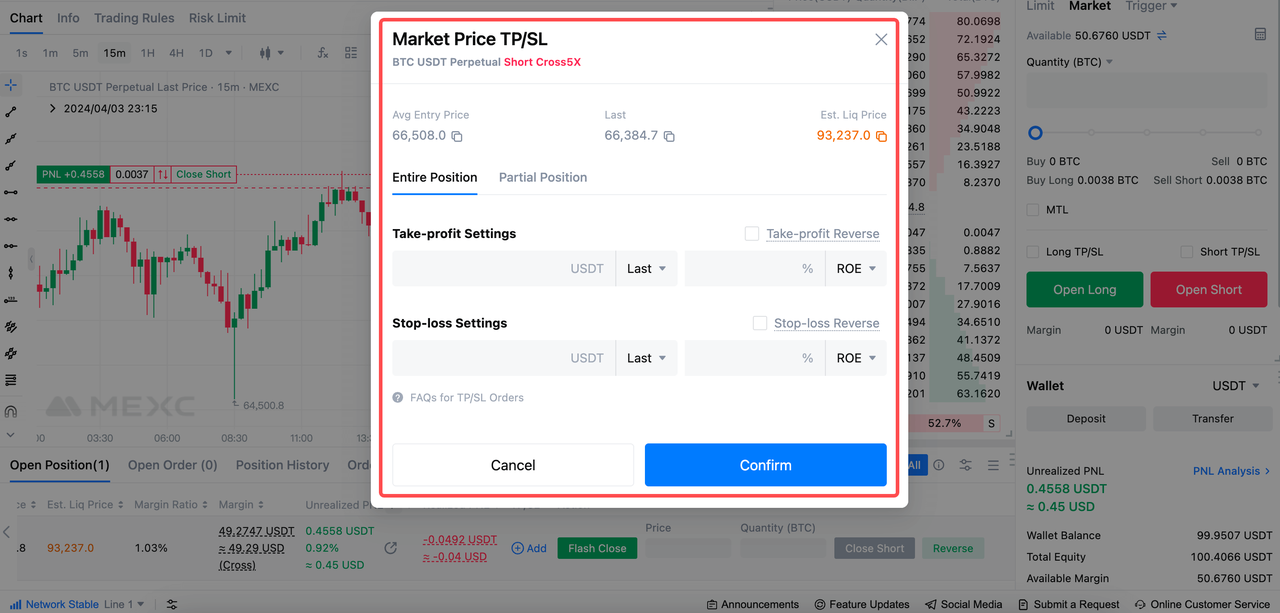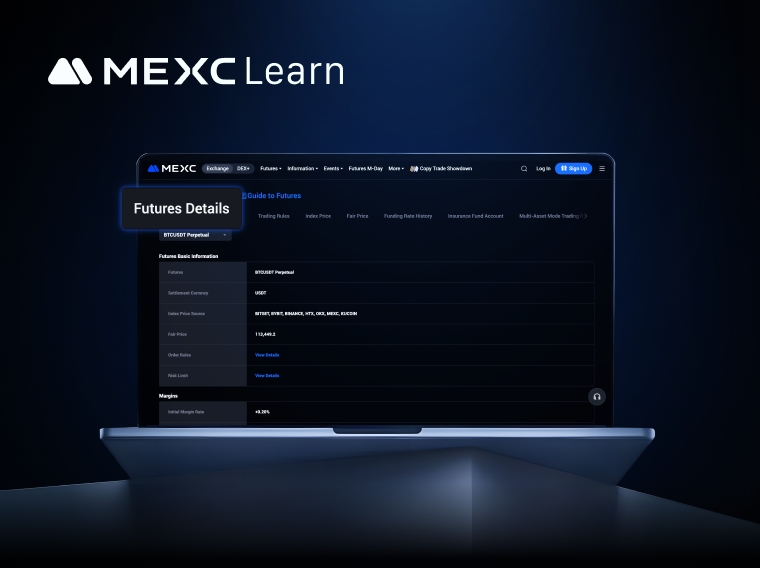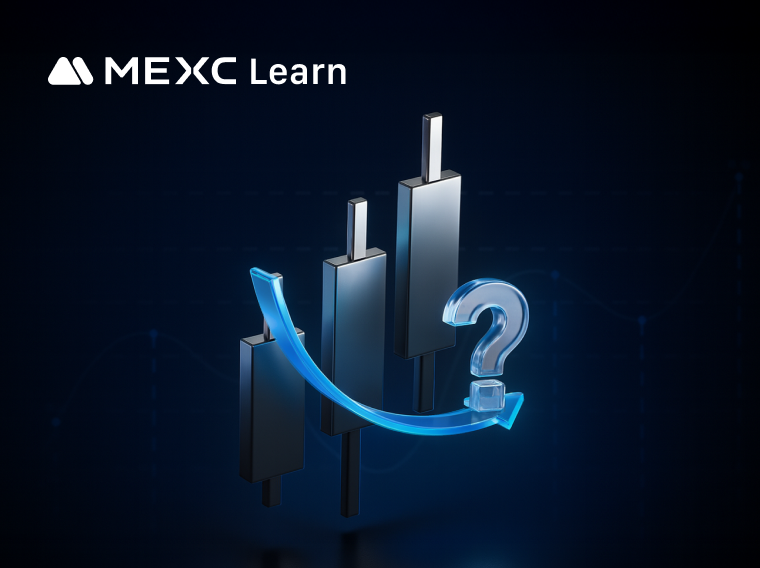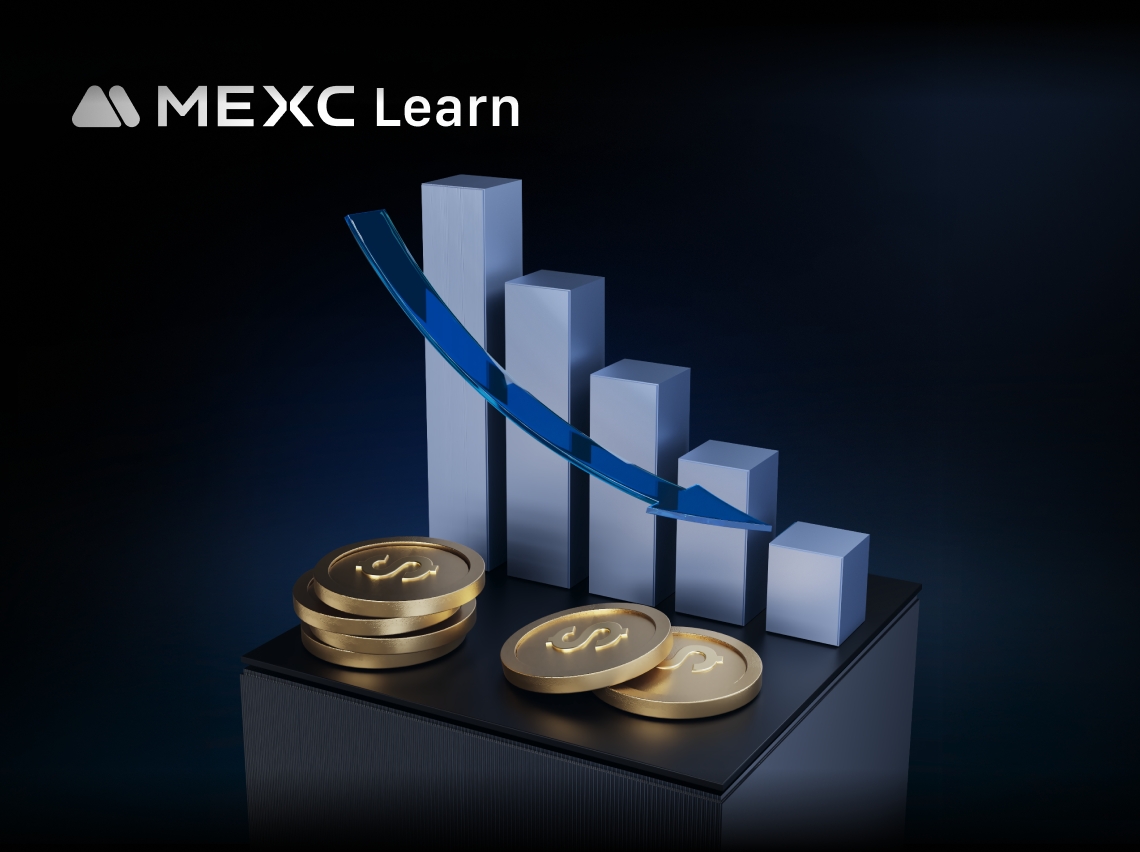As the cryptocurrency market continues to mature, the diversification of trading tools has become a key factor in building robust investment strategies. Among global mainstream crypto exchanges, MEXC offers both Spot and Futures trading as its two core product types, supported by deep liquidity and a wide product range.
Although both are methods of trading crypto, Spot and Futures differ fundamentally in their trading mechanisms, profit structures, risk exposure, and strategic flexibility.
For traders new to the space, simply relying on the literal meaning of "spot" or "futures" often isn't enough to fully understand the structural differences between the two. Choosing the wrong type of trading may not only reduce expected returns but also amplify risk exposure during periods of high volatility. Therefore, understanding the core principles of Spot and Futures trading is the first step toward building a sound investment framework.
This article will analyze the key differences between MEXC Spot and Futures trading, covering aspects such as underlying assets, profit structure, leverage mechanisms, order execution, pricing logic, and suitable user profiles, to provide practical guidance that helps traders make more informed and confident decisions.
Before diving into a detailed comparison, it's essential to first clarify the basic definitions and structural differences between spot and futures trading.
Spot trading refers to the direct buying or selling of a cryptocurrency in the market, with immediate settlement and full transfer of ownership. For example, purchasing BTC on MEXC means you immediately own the corresponding amount of BTC, which can then be freely transferred, used in on-chain ecosystems, or held long term in anticipation of price appreciation.
Spot trading is straightforward and carries no leverage-related risk, making it the preferred choice for most beginners. It is well-suited for building portfolios focused on value preservation and long-term asset allocation.
Futures trading is a form of derivatives trading based on the price of an underlying asset (such as BTC or ETH). In this model, traders do not directly own the cryptocurrency itself; instead, they open and close long or short positions to profit from price fluctuations.
Futures trading is a high-risk, high-reward instrument, better suited for traders with prior market experience and robust risk management capabilities.
In MEXC Spot trading, transactions are direct purchases and sales of actual digital assets. When a user buys mainstream cryptocurrencies such as BTC or ETH on the Spot market, they obtain full ownership of those assets. These cryptos can be freely transferred on-chain and used in various blockchain applications, including staking, cross-chain bridge interactions, DeFi protocol participation, and even purchasing and holding NFTs. They possess clear on-chain liquidity and broad utility.
By contrast, MEXC Futures trading involves perpetual futures contracts, which are derivative financial instruments based on the price movement of the underlying asset rather than the asset itself. For example, when trading a BTCUSDT Perpetual Futures contract, the trader does not receive actual BTC and cannot transfer the futures position off-platform. Returns come from capturing the price difference between market entry and exit, making it a leveraged price-speculation tool that focuses on strategy execution and market timing rather than asset ownership.
In general, only Spot trading pairs that have been listed on MEXC may have corresponding Futures trading pairs. This means that not all Spot pairs have a corresponding Futures pair. Conversely, not all Futures pairs offer up to 500x leverage.
On MEXC, Spot trading follows a one-sided T+0 profit model: you can only profit from upward price movements, meaning buy low and sell high. After placing a buy order, you can sell at any time. To profit, traders must purchase cryptocurrency at a lower price and sell it after the price increases, capturing the difference. This model relies entirely on an overall upward market trend, with no opportunity to profit from declines. As such, Spot trading is more suitable for investors who have confidence in the long-term value of an asset and are willing to hold it for the medium to long term. For example, an investor bullish on BTC's appreciation over the coming months or years may gradually accumulate a spot position and hold it long term.
In contrast, Futures trading follows atwo-sided T+0 profit model: traders can go long (bullish) or short (bearish), and positions can be closed immediately after opening. Unlike spot trading, futures allow traders to profit even during market downturns. As long as the direction is correctly predicted, profits can be generated from price movements in either direction. This mechanism greatly increases strategic flexibility, making it particularly attractive for short-term traders, day traders, swing traders, or those aiming to capitalize on volatility in fast-moving markets.
Spot trading does not involve leverage, meaning potential losses are limited to the principal invested, and overall risk is comparatively lower.
Futures trading, however, incorporates leverage through the initial margin mechanism, allowing traders to control a much larger position with a relatively small margin. This amplifies potential returns but also significantly increases risk. If the market moves sharply against the position, and the margin becomes insufficient, the position will be liquidated by the platform.
Because the underlying assets in Spot and Futures trading are fundamentally different, the trading scenarios that arise when MEXC users pursue profits through each method can vary drastically. While there are certain situations where the mechanics of spot and futures trading may appear similar, in most cases, the distinctions between the two remain significant.
For order placement, MEXC Spot trading supports basic order types such as limit orders, market orders, stop-loss/take-profit orders, and OCO (One-Cancels-the-Other) orders. The trading logic is relatively straightforward, making it easier for beginners to grasp quickly.
MEXC Futures trading offers a more sophisticated order system, including five advanced order types: Limit Order, Market Order, Trigger Order, Trailing Stop, and Post Only. In addition, it provides diverse position management features such as take-profit/stop-loss, Close Short/Reverse position, Flash Close, and Partial take-profit. These tools are designed for users with a certain level of trading experience.
Note: For more details on Spot and Futures order types, please refer to:
MEXC Spot trading follows a matching engine mechanism, where orders are executed at the latest market price, and settlement occurs immediately. Once the trade is completed, the asset is instantly credited to the user's account.
Futures settlement pricing differs from Spot. MEXC Futures trading uses a "fair price marking" mechanism to reduce the risk of abnormal liquidations caused by sharp price fluctuations. The platform aggregates prices from multiple exchanges to generate a fair price, which is used to calculate unrealized PNL and trigger liquidation events. This mechanism is specifically designed for high-leverage trading and helps prevent traders from being adversely affected by sudden price spikes.
In MEXC Spot trading, there are no specific settings for Position Mode. In contrast, Futures trading offers detailed configuration options, including both Hedge Mode and One-Way Mode.
Similarly, Spot trading does not offer leverage functionality. In contrast, leveraged Futures trading is common practice. MEXC provides two distinct leverage configuration modes: Simple Mode and Advanced Mode. Users must select their preferred mode before opening a position.
Spot trading does not involve leverage; the primary risk lies in unrealized losses caused by market price fluctuations. There's no liquidation risk or settlement-related asset loss due to settlement mechanisms. As long as the user does not sell, even during sharp price declines, they retain full ownership of the assets.
Futures trading, on the other hand, requires well-defined risk management strategies. If the market direction is judged incorrectly and no take-profit or stop-loss is set, positions can be quickly liquidated, resulting in the loss of the entire margin due to the liquidation mechanism. Therefore, Futures trading should be paired with disciplined position sizing, clearly defined stop-loss and take-profit orders, and keen awareness of broader market trends to mitigate the impact of short-term volatility and avoid substantial losses.
For investors who prefer long-term holding, focus on project fundamentals, and value actual ownership of their coins, MEXC Spot trading is clearly the more suitable choice. It supports portfolio allocation, participation in on-chain ecosystems, and avoidance of systemic risks such as liquidation.
For short-term traders who excel at capturing market swings and have experience with leveraged trading, MEXC Futures offers greater flexibility and potential returns. The high-leverage feature allows for the creation of fast-return strategies, and in periods of market volatility or clear trends, traders can utilize short positions or reverse trades to maximize capital efficiency.
As the cryptocurrency market continues to mature, the diversification of trading instruments has become a key factor in building an effective investment strategy. MEXC, with its extensive product offerings and deep market liquidity, provides investors with two core trading options: Spot and Futures. While both may appear to be ways of buying and selling crypto, they differ significantly in their underlying mechanisms, profit models, risk exposure, and strategic flexibility:
Dimension | Spot Trading | Futures Trading |
Underlying Asset | Crypto with full ownership | Derivatives based on asset price fluctuations; no physical asset ownership |
Ownership Rights | Full ownership of the asset; can transfer on-chain, stake, participate in DeFi, etc. | No ownership of the asset; profits come solely from price movements in the perpetual future |
Trading Direction | Profit from price rise (buy low and sell high)
| Long (buy) or short (sell) positions supported |
Leverage Mechanism | No leverage; holdings size equals invested capital | Supports leverage, amplifying both gains and losses |
Order Types
| Basic orders: limit, market, stop-loss/take-profit, OCO | Advanced orders: stop-limit, trailing stop, post-only (Maker) orders, etc. |
Pricing Mechanism | Matched by market order book; settlement occurs at trade execution | Fair price mechanism to reduce abnormal volatility and prevent unnecessary liquidations |
Position Mode | No position concept; asset is held upon purchase | Supports both hedge mode and one-way mode |
Risk Profile | Relatively low risk; loss limited to principal | High risk with liquidation possibility; requires strict risk management |
Suitable For | Long-term investors; value holders | Short-term traders, strategy traders, and users with risk management experience |
However, when it comes to MEXC Spot and Futures trading (MEXC Spot vs Futures), the question is not which is inherently better, but rather which aligns best with the user's risk appetite, investment horizon, and market analysis skills. For beginners, it is generally advisable to start with Spot trading, developing an understanding of market rhythm and price dynamics, before gradually moving into building a structured Futures trading strategy.
Regardless of the method chosen, the core of trading remains disciplined risk management and continuous learning. MEXC Learn will continue to provide professional educational resources to help every trader grow steadily in the world of crypto.
Currently, MEXC is running a 0-Fee Fest event, an exclusive opportunity to trade 100 tokens with zero fees. This allows users to substantially reduce trading costs, achieving the goal of "save more, trade more, earn more." Through this limited-time event, traders can enjoy seamless low-cost settlement, stay ahead of market trends, and capture fleeting opportunities with maximum efficiency. It's the ideal entry point for accelerating your journey toward asset growth.
Why Choose MEXC Futures? Gain deeper insight into the advantages and unique features of MEXC Futures to help you stay ahead in the market. How to Participate in M-Day Learn the step-by-step methods and tips for joining M-Day and don't miss out on over 70,000 USDT in daily Futures bonus airdrops.
Disclaimer: This material does not constitute advice on investments, taxes, legal matters, finance, accounting, consulting, or any other related services, nor is it a recommendation to buy, sell, or hold any assets. MEXC Learn provides information for reference only and does not constitute investment advice. Please ensure you fully understand the risks involved and invest cautiously. All investment decisions and outcomes are the sole responsibility of the user.
